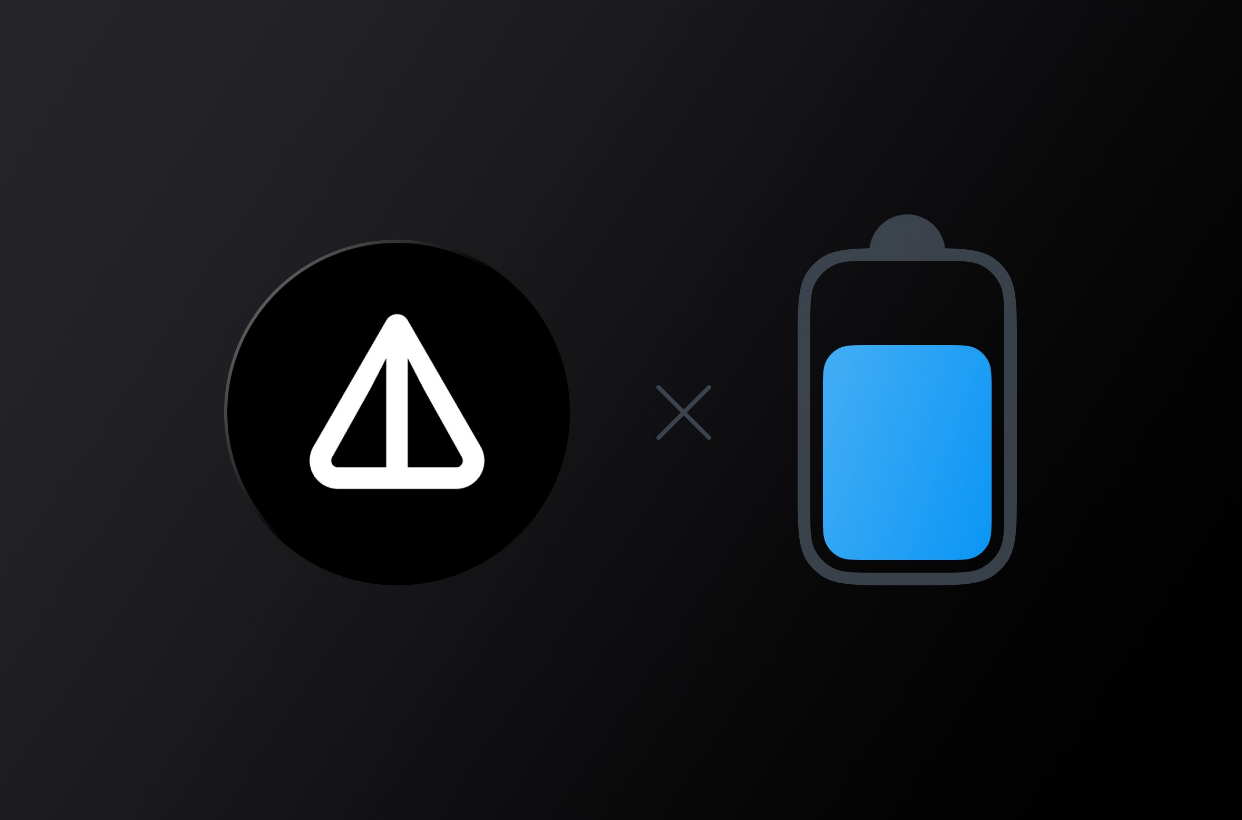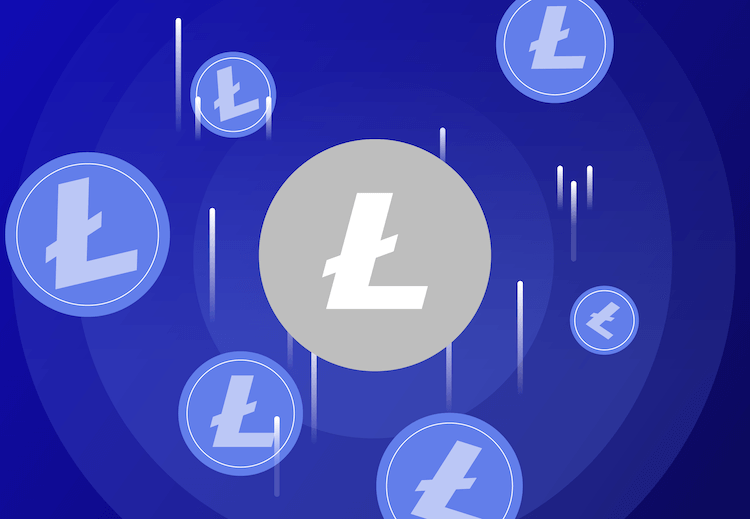
Decentralized finance has introduced new methods of generating passive income into the cryptocurrency industry. Defi aesthetics will be in fashion in 2020-2021. Thanks to the contribution of cryptocurrencies to decentralized financial protocols, this idea is becoming increasingly popular, as it allows users to receive reliable earnings. No transactions or transactions are required for this tool. Profitability depends on the conditions of the platform and the type of cryptocurrency being invested.
Describe DeFi-stacking.
Adding your own digital currency to the system is an idea that has been around for some time. This is one way to inspire consumers to build up their cryptocurrency reserves. The owners of coins and tokens receive a reward in the form of a part of the deposit as compensation. Savings payments are more attractive than the profitability of a regular savings account. The idea is almost identical to the idea of traditional finance: users own a certain number of alternative currencies, while receiving passive income. DeFi systems control reserved resources and provide full industrial capacity.
Differences.
To verify the authenticity of the transaction, it is necessary to perform several energy-intensive calculations. In addition, validators and their nested crypto assets are required for the participation level verification process to function. Block creation and block validation fees can be paid to nodes in the chains that can show ownership of the shares. The required network behavior is stimulated in this way. In the strictest sense, stacking is the blocking of cryptocurrency assets, so they cannot participate in the tier 1 blockchain as validators or receive developer assignments.
The cleanest version of the stack, although there are other options, involves blocking alternative currencies so that their owner can use the Proof-of-Stake (PoS) process to become a validator on the network.
The Ethereum blockchain is commonly used in DeFi. The first chain in which smart contracts were used was this one. The Proof-of-Work consensus process, which is the basis of Ethereum, entails verification of transactions by miners. There are no indents in this. However, the transition from the outdated health check algorithm to the algorithm for confirming the level of participation in the Ethereum 2.0 project was planned for 2020-2022.
Risks.
Despite its attractiveness, DeFi-stacking has a number of disadvantages, including:
1) Loss of liquidity It will be difficult for the User to sell his asset or convert profits into a stable currency if he places a coin with a very low volume on the exchange. This risk can be reduced by choosing a liquid cryptocurrency with a large volume of trading on the stock exchange. 2) Loss of assets This may be the result of user irresponsibility, cyber attacks or fraud. You should choose the platform with the highest security features if you want to prevent losses.
3) Gas prices. This disadvantage is the result of the limited scalability of the current generation of tier 1 blockchains, especially Ethereum, which is most useful in DeFi. Operations become expensive due to the complexity, which often leads to a sharp increase in gas costs. Ethereum engineers are creating the Ethereum 2.0 network as a workable solution to this problem.
4) The risk of volatility. In a short period of time, the value of coins and tokens may change. The value of the entire crypto market can increase or decrease depending on the exchange rate of bitcoin. The user risks losing money if the price of the currency or token added to the stack drops significantly. 5) Downtime intervals. The investor cannot use his cryptocurrency at the moment. He will not be able to sell assets quickly if prices fall. This can lead to losses. To minimize the risks, it is advisable to place bets on coins without a blocking period.
Platforms that support DeFi stacking.
Binance One of the most famous cryptocurrency platforms providing passive income, and the largest cryptocurrency exchange in the world by trading volume. Binance allows the user to accumulate assets in their personal wallet. There are two ways to participate on the website: 1) A looped lie. allows you to prohibit the use of cryptocurrency assets for a certain period of time. It may take from one week to three months before the products are frozen. By storing this cash in their bitcoin wallets, users help blockchains work more efficiently. Although you can withdraw money from the program at any time, interest will not start accumulating until the requirements are met. 2) DeFi stacking allows you to participate in initiatives with decentralized funding. However, these investments are fraught with great dangers. The digital asset that the user includes in the package will determine how profitable it is. However, there is a pattern: new coins and tokens, as a rule, bring a larger percentage than popular cryptocurrency names such as BNB and ETH. You can lock up to 100 different digital assets on the Binance exchange, as it supports the most widely used cryptocurrencies.
Due to its centralization, Binance is one of the most secure platforms for batch data processing in terms of security. The SAFU Fund, which offers insurance coverage in the event of a serious attack, protects users’ money that is stored on the platform’s balances.
Replacement pancakes. The Binance smart chain contains this decentralized exchange. The main DEX on Ethereum Uniswap competes with PancakeSwap. The platform’s own token is called CAKE. The MM model is used in the pancake workshop. This idea is related to the automated marketmakers decentralized exchange protocol, which sets the value of assets using a mathematical formula, rather than using a set of orders.
On PancakeSwap, trading is carried out through liquidity pools filled with users’ money. Investors can increase their management token using Pancake Swap. Your own bitcoins that you add to the liquidity pool can be withdrawn as a reward.
Only PancakeSwap management tokens can be sent on the stacking platform. The Syrop Poolsection subsection contains this function. In December 2021, the annual percentage return (APY) on the PancakeS wap website was approximately 75%. By June 2022, it had dropped to 4%.
Conclusion.
Blocking coins in the smart contract of a decentralized financial initiative is known as “DeFi stacking”, which is carried out in exchange for management tokens. Users really turn into network validators by placing digital assets in networks (protocols). Participants are necessary for any smart contract or blockchain, as they are responsible for ensuring their own security. People who transfer their cryptocurrency to Stacking do so in order to reward and support the ecosystem.
For example, an ETH owner who places his funds in a smart contract is rewarded with tokens of the Ethereum 2.0 protocol for his contribution to the creation of a secure ecosystem. Investors can potentially receive a share of the profits from the platform’s goods and services in addition to direct payment for the placement of these digital devices. Participants in liquidity pools, for example, can expect to receive part of the swap fees (exchange transactions). Depending on the cryptocurrency markets that users add to pools, this proportion changes every day.
Read more articles about cryptocurrencies and mining at CRYPTO-WALLETS.ORG.
The Telegram channel about cryptocurrency and mining Bitcoin, Ethereum, Monero and other altcoins:


